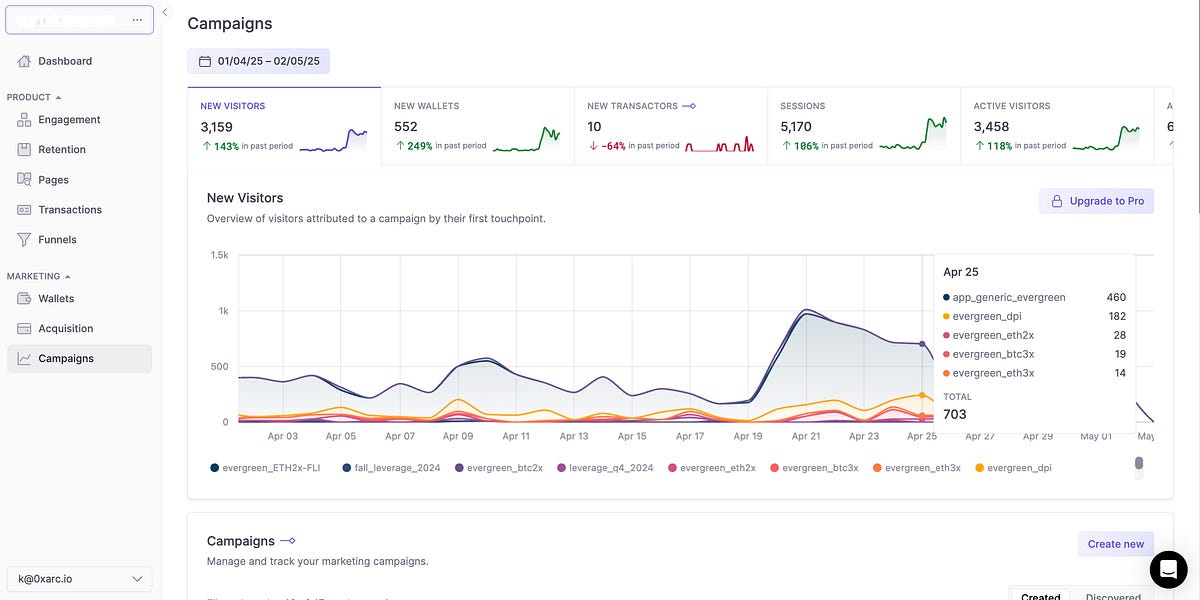147 days have passed since Bitcoin (BTC) closed above $25,000, and the result is that investors are less sure that the $20,000 support will hold. Backing these concerns are persistent global financial and macroeconomic tensions, which escalated on Nov. 7 after European Union officials expressed concerns over the $369 billion U.S. Inflation Reduction Act.
The extended tax, health and climate bill was approved in August and it also includes subsidies for electric cars and battery supply chains that are made in North America.
According to CNBC, this is not the first time that Europe has expressed its concerns, citing international trade rules and “discriminatory” policies.
There’s additional uncertainty coming from the Nov. 8, U.S. midterm elections which will determine which party controls Congress. Currently, Democrats have a majority in the Lower House, but a change in this status could ease President Biden’s future spending plans.
In other news, Apple announced a temporary reduction in iPhone 14 production due to Covid-19 restrictions in China. To put things in perspective, Apple’s $2.2 trillion market capitalization has surpassed the sum of Alphabet (Google) and Amazon.
Let’s look at Bitcoin derivatives data to understand if the worsening global macroeconomic conditions have impacted crypto investors.
Pro traders were not excited by the rally above $21,000
Retail traders usually avoid quarterly futures due to their price difference from spot markets. Still, they are professional traders’ preferred instruments because they prevent the fluctuation of funding rates that often occurs in a perpetual futures contract.

The three-month futures annualized premium should trade at +4% to +8% in healthy markets to cover costs and associated risks. The chart above shows that derivatives traders have been neutral to bearish for the past week as the Bitcoin futures premium remained below 2.5% the entire time.
More importantly, the metric did not improve after BTC rallied 7% between Nov. 3 and Nov. 5 to test the $21,500 resistance. That price level was the highest since Sept. 13, so the data reflects professional traders’ unwillingness to add leveraged long (bull) positions.
Related: Crypto no more in top 10 most-cited potential risks: US central bank report
Margin markets show bulls’ resilience
Traders should also analyze the margin trading markets to understand how professional traders are positioned. Margin trading allows investors to borrow cryptocurrency to leverage their trading position. For example, one can increase exposure by borrowing stablecoins to buy an additional Bitcoin position.
On the other hand, Bitcoin borrowers can only short the cryptocurrency because they bet on its price declining. However, unlike futures contracts, the balance between margin longs and shorts isn’t always matched.

Data shows that OKX traders’ margin lending ratio has remained relatively stable at 8 for the past week. From one side, the indicator is somewhat concerning, giving the rally from $20,050 to $21,475 on Nov. 5, which should have positively impacted the margin lending ratio. The present 8.1 level leaves enough room for sustainable leverage buying pressure when the time comes.
The metric remains bullish by favoring stablecoin borrowing by a wide margin. In a nutshell, pro traders have been holding bullish positions using stablecoin margin lending.
The futures and margin metrics suggest that Bitcoin’s failure to hold the $21,000 support was insufficient in instilling panic in pro traders.The data also shows a modest degree of apathy because the recent 7% rally toward $21,500 was not accompanied by higher demand for leverage longs.
Bears continue to exert their strength even as the elusive $25,000 daily close becomes even more distant. Until macroeconomic conditions and political uncertainty dominate the headlines, bulls are less likely to have high hopes of a more sustainable rally.
The views and opinions expressed here are solely those of the author and do not necessarily reflect the views of Cointelegraph.com. Every investment and trading move involves risk, you should conduct your own research when making a decision.
Read More: cointelegraph.com









 Bitcoin
Bitcoin  Ethereum
Ethereum  Tether
Tether  XRP
XRP  Solana
Solana  USDC
USDC  Dogecoin
Dogecoin  Cardano
Cardano  TRON
TRON  Lido Staked Ether
Lido Staked Ether  Wrapped Bitcoin
Wrapped Bitcoin  Sui
Sui  Chainlink
Chainlink  Avalanche
Avalanche  LEO Token
LEO Token  Stellar
Stellar  USDS
USDS  Wrapped stETH
Wrapped stETH  Shiba Inu
Shiba Inu  Toncoin
Toncoin  Hedera
Hedera  Bitcoin Cash
Bitcoin Cash  Hyperliquid
Hyperliquid  Litecoin
Litecoin  Polkadot
Polkadot  WETH
WETH  Binance Bridged USDT (BNB Smart Chain)
Binance Bridged USDT (BNB Smart Chain)  Monero
Monero  Bitget Token
Bitget Token  Ethena USDe
Ethena USDe  Pi Network
Pi Network  Coinbase Wrapped BTC
Coinbase Wrapped BTC  WhiteBIT Coin
WhiteBIT Coin  Wrapped eETH
Wrapped eETH  Pepe
Pepe  Bittensor
Bittensor  Dai
Dai  Aptos
Aptos  OKB
OKB  Uniswap
Uniswap  sUSDS
sUSDS  BlackRock USD Institutional Digital Liquidity Fund
BlackRock USD Institutional Digital Liquidity Fund  NEAR Protocol
NEAR Protocol  Ondo
Ondo  Aave
Aave  Gate
Gate  Cronos
Cronos  Internet Computer
Internet Computer